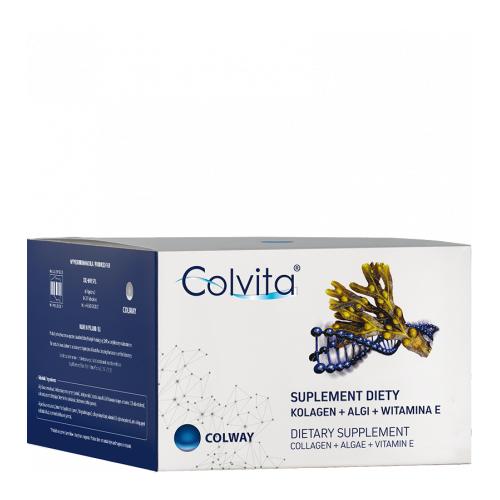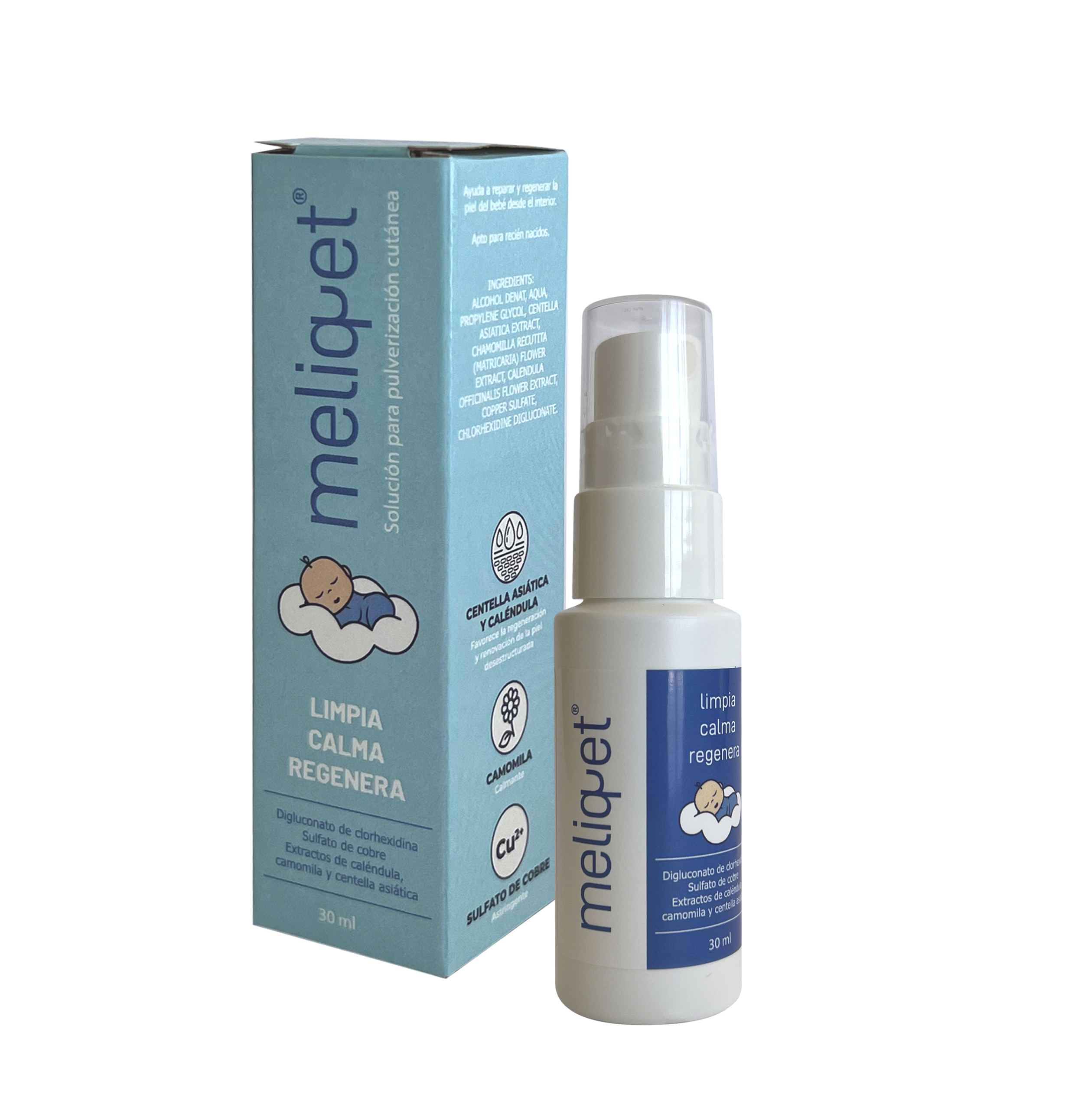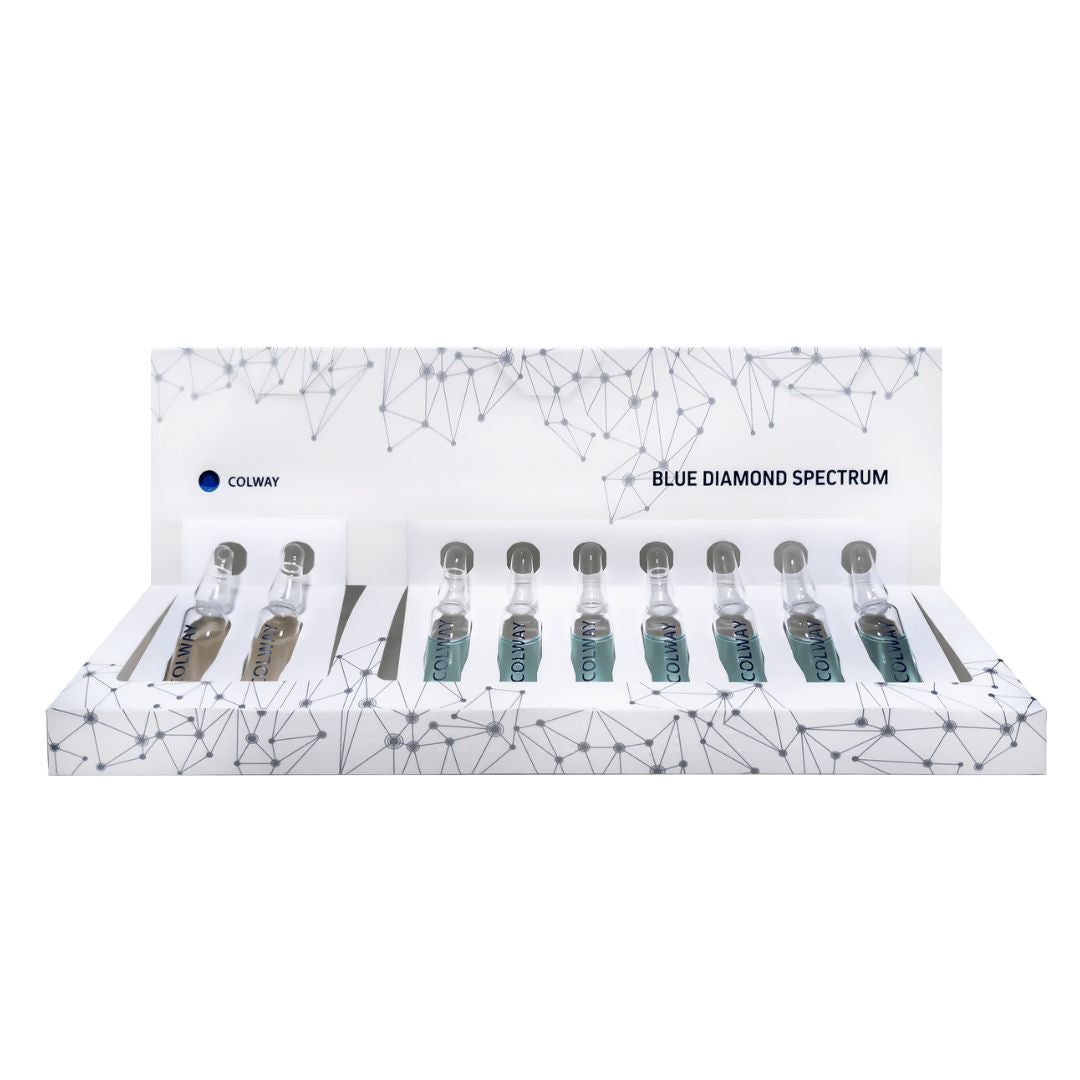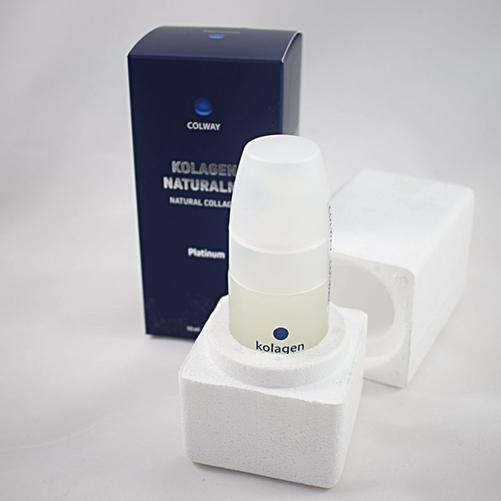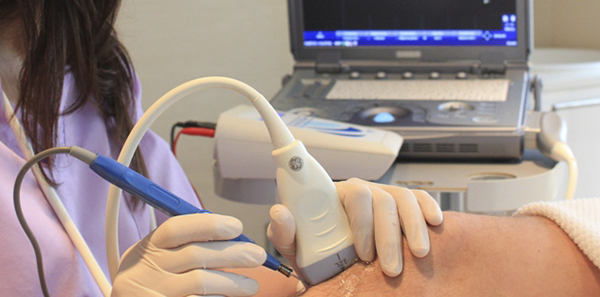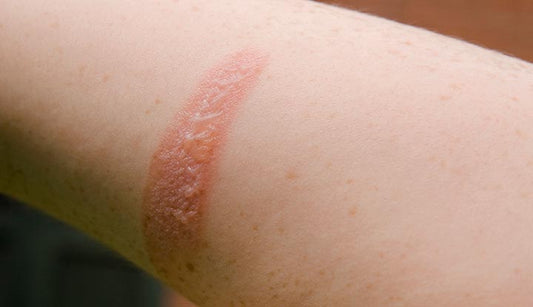Physiotherapy and invasive techniques: epi and dry needling
Physiotherapy is a constantly evolving profession and two exciting and extremely effective new techniques have been developed in recent years. They differ from other techniques in that they are invasive, that is, they need to penetrate the skin to reach the lesion in the fascia, muscle, tendon or ligament. To do this, the physiotherapist uses very fine needles that are only 0.25 mm thick and between 13 mm and 70 mm long, depending on the depth of the lesion.
Although the entry method of both techniques is the same, i.e. penetrating the skin and going directly to the site of injury, they are actually quite different.
Intratissue Percutaneous Electrolysis (EPI)
It repairs the affected soft tissues by first irritating them with a direct (or galvanic) current passed through an acupuncture needle. This produces a localized inflammatory effect that involves a phagocytosis mechanism, followed by a process in which there is a proliferation of unstructured collagenous tissue, followed by repair of the corresponding tissue.
The treatment is done using ultrasound, making sure that the needle is placed in exactly the right place in the affected area. This means that it must be applied by an expert physiotherapist and duly trained in dry needling techniques, in the localization of muscular structures by ultrasound and in EPI®.
EPI® is mainly used to treat chronic tendinopathy (pubalgia, Achilles tendinopathy, rotator cuff tendinopathy, tennis and golfer's elbow, etc.) but also plays a decisive role in the treatment of a number of other muscular and skeletal injuries. such as chronic sprains, injuries, chronic ligament injuries, etc.
dry needling
It consists of inserting an acupuncture needle inside the taut band of muscle (without infiltrating any type of substance) to destroy the trigger point that has formed there and is causing the pain. The physiological theory behind this technique is to destroy the motor plates that are causing the malfunction of this fibrous band. In a few days the body replaces them with new plaques that lack the faulty hypertonic function that was causing the pain.
Progress is being made with this technique not only in athletes and traumatology in general, but also in hemiplegic patients, where the normalization of the motor plates is a great advance in their treatment. It represents a huge advance in correcting the lack of muscle tone in these patients, which is the reason why they have difficulty moving. The normalization of muscle tone occurs not only at the distal level but also triggers changes in the central nervous system.
Symptoms may increase to some level from 2 to 48 hours after dry needling treatment, after which, even though the injury has improved, physiotherapy should still be applied to re-educate muscle function and prevent symptoms from returning.

